When looking to buy candles there are often many options. Some are straightforward while others more elusive. It’s important to be well informed on the different types of waxes that are used. As an avid candle enthusiast myself, I stay up-to-date with current research about wax sources in order to satisfy my ecological concerns. My personal opinion is that beeswax is the superior candle wax but not all beeswax is high-quality. Ensuring a sustainable beeswax source is vital to helping bee populations thrive. In some cases it may be better to choose another wax option altogether, the best alternative to beeswax may be sustainable coconut wax.
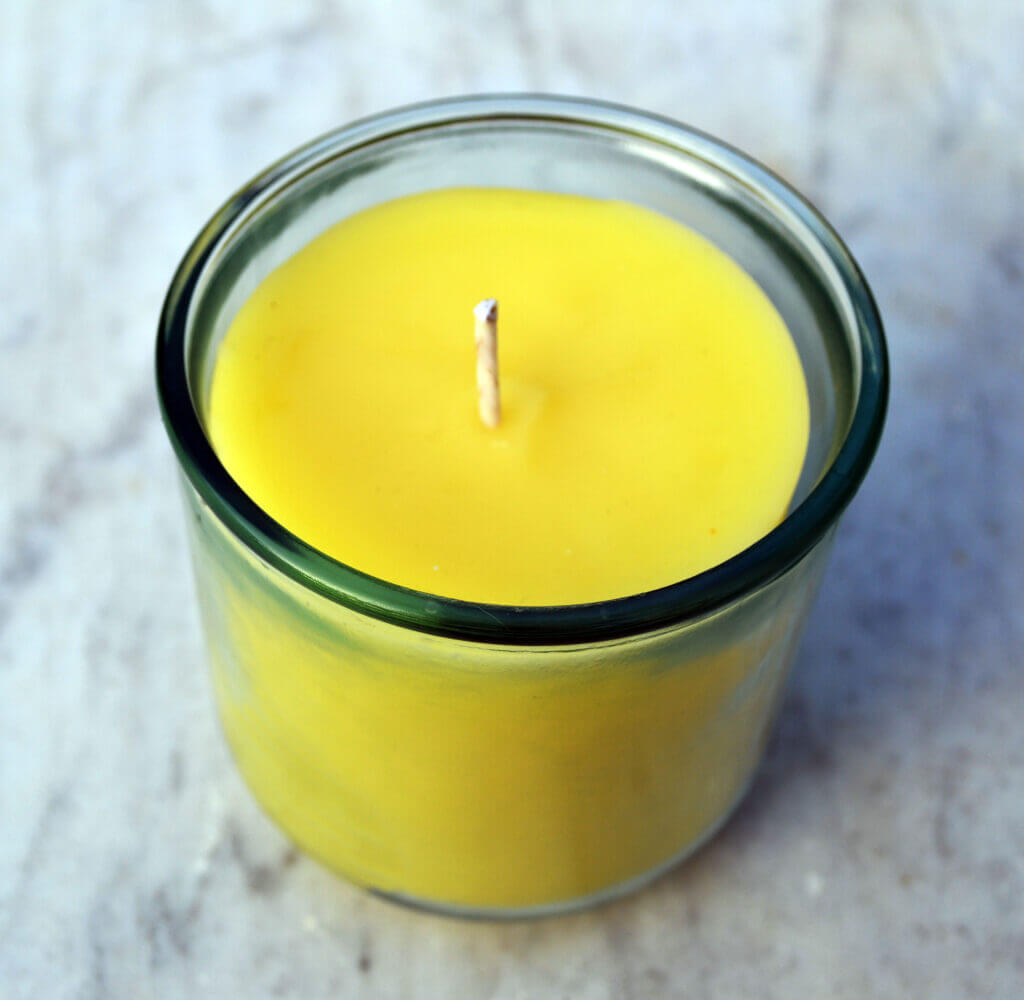
Coconut wax is simply coconut oil that has been hydrogenated to burn at a higher temperature. Once again, it becomes important to inquire about where the coconut oil is being sourced from. Less expensive alternatives like paraffin wax, and palm wax often come at the price of health or environmental consequences.
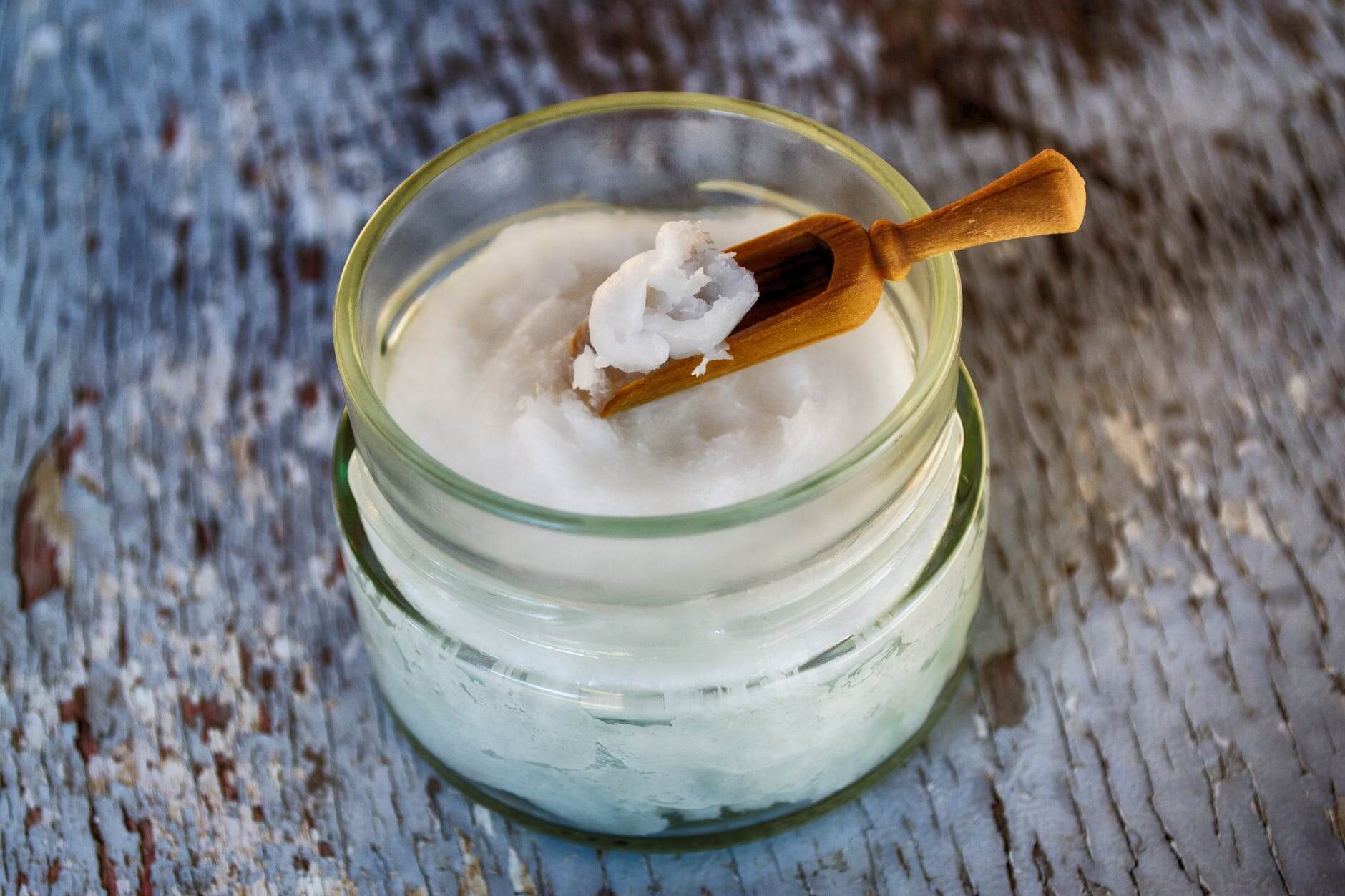
Beeswax has been used for thousands of years in salves, candles, art, preservation, etc. We want to celebrate this by not only sourcing from ethical suppliers but also by donating to the Xerces society. Protecting pollinators is necessary to our livelihood and it is an earth relationship we don’t want to lose. There are many ways to help protect pollinators, one way is to plant native wildflowers for them! In Northern California, where we reside, we like to plant California Poppy, California Buckwheat, Milkweed, California Slippery Elm, to name a few. Check out https://www.wildflower.org/ for more information about your local wildflowers.
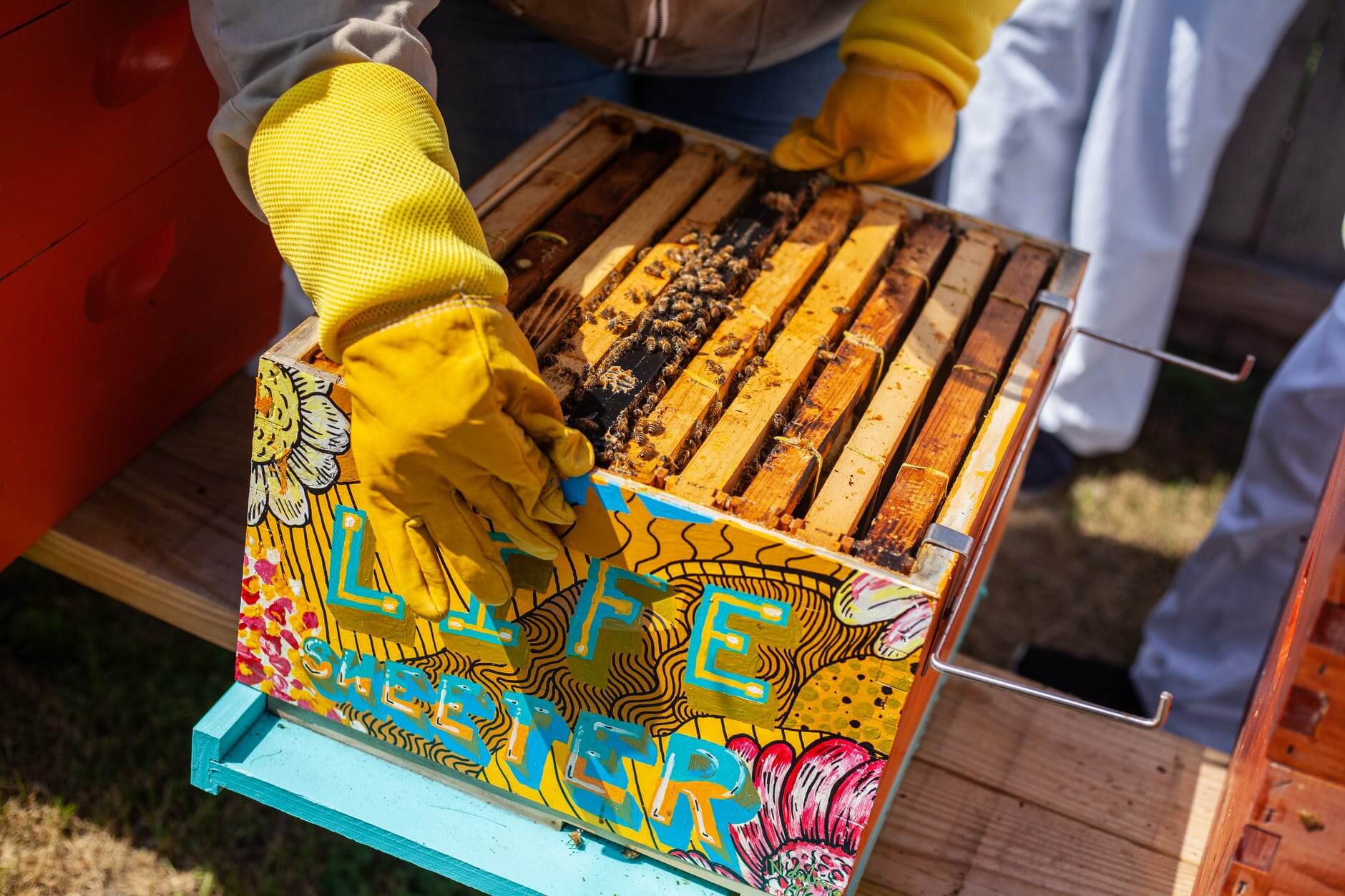
Overall the best solution is to find a transparent wax source. If you are buying from Clay on Herbs you can feel safe knowing that we go the extra mile verifying our suppliers are ethical. You can find more details at https://www.clayonherbs.com/transparent-suppliers/. We offer both Coconut wax and beeswax candles in our online shop that we hand-pour in Arcata, CA.
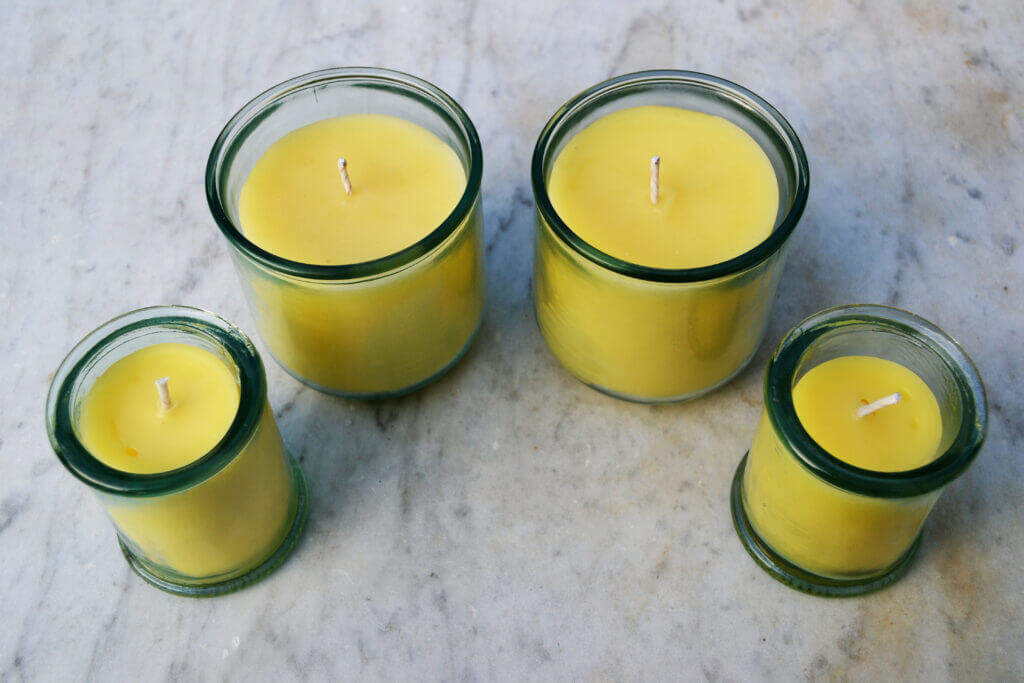
It is important to know your wax, but even more importantly, know your wicks! In the ‘90s the last flame of lead-core wicks died out, but that doesn’t mean they aren’t still sitting on a shelf in a thrift store somewhere from an old candle that was never burned. In some cases there are lead residues on houses making it harder to sell those homes, not to mention the health hazard! We use a lead-free, zinc-free cotton wick in our candles to ensure they burn clean.
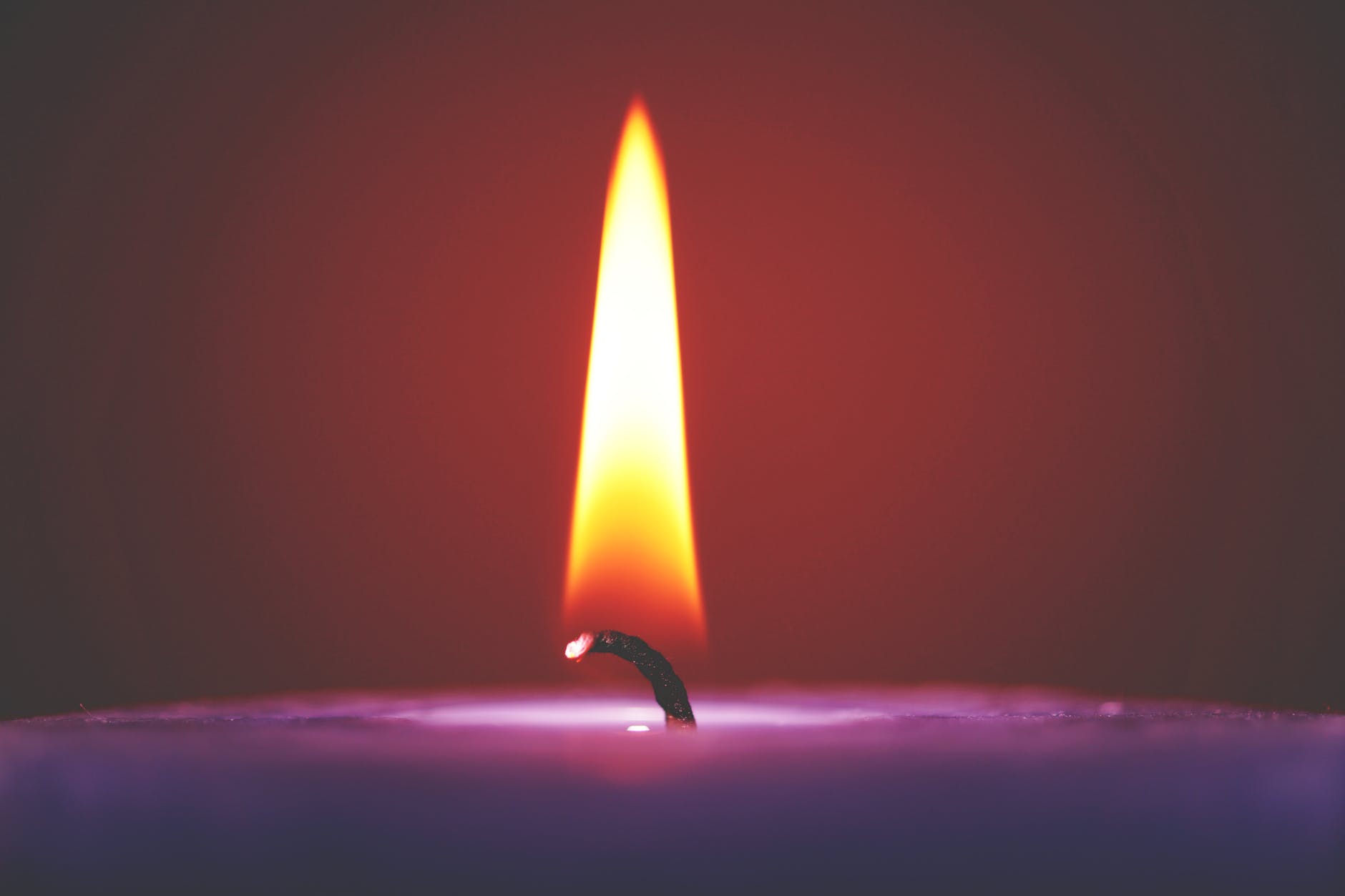
Finally, the last aspect to consider are the candle’s additives. I don’t buy any candles that have synthetic dyes or fragrances because I don’t trust them. I advocate for essential oil or naturally derived scents because they have aromatherapeutic properties and I believe they burn better. We are always looking for new scent combinations and inspiration for our candles, so if you have any ideas let us know! -Thanks